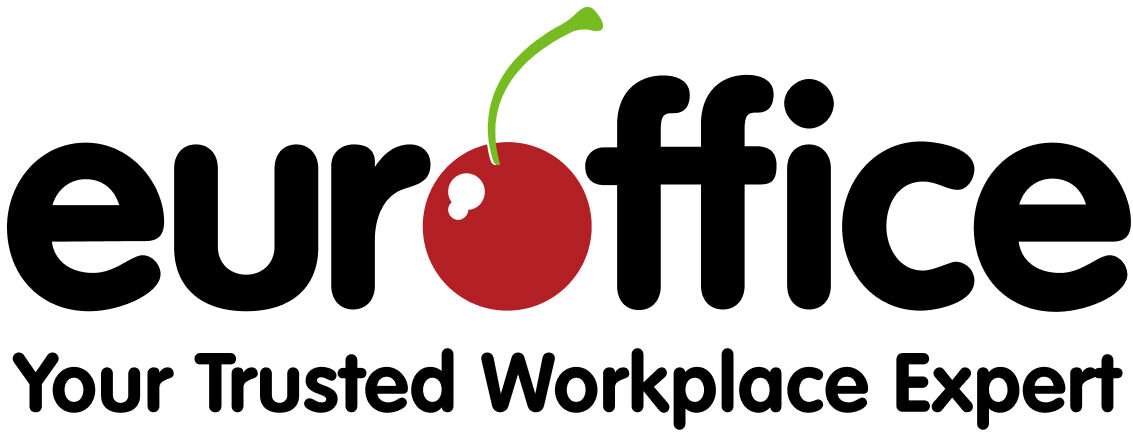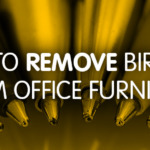With the end of the tax year almost on your doorstep, you’re probably feeling there are not enough hours in the business day. If you break down the task into bite-size categories, you’ll find it easier to face the task and prepare for the new tax year that starts 6 April.
Think of this as both a financial and a logistical exercise. On the financial front you have to be up to date, for example, with your accounting records and stock-taking as well as making sure you’re compliant with payroll, pension and national insurance contributions.
Then there are the practical logistics and admin tasks: filing past reports, presentations and folders, archiving documents, or destroying business documents safely.
Creating your accounts
Let’s get financial first, with a checklist of the kinds of accounting information you should have for your end of tax year documents. Always consult your accountant on what you need, but some of the categories include:
Capital allowances
See if you have used up your annual investment allowance. You may be able to buy some much-needed equipment – a printer for example, or to upgrade your office machines – before the end of the tax year.
Expenses
You can claim expenditure on items needed to run your business – for example stationery or payments for advertising and publicity – against tax. It’s easy to overlook one-off costs such as warranties for computers or software licence fees, so be meticulous. Remember also to go through business mileage logbooks.
Invoices and payments
Remind staff to chase up invoices and purchase orders, so that you have a clear picture of debtors and creditors. Think about statements from suppliers – the end of the tax year may be the right time to review their performance and find better, or more cost-effective suppliers.
Income statements
Collate all bank and credit card records and statements from financial institutions. Review online transactions, keep printouts and make sure they are all in order.
Record keeping
Your accounts are only as good as your records, so make sure they are accurate and up to date. This will also help you to manage your cash flow more efficiently. Remember that HMRC requires you to hold on to your records for a specified period – this is generally ‘six years for VAT or five years from the latest date for filing your return for Self Assessment’.
Filing and storage logistics
Even though so much business is now done online, offices accumulate huge quantities of paper because we still need to hold on to business-critical documents. Organise your filing and storage so you can retrieve information quickly while ensuring it is safe and secure.
Lever arch files
Offering sturdy high-capacity filing, these are great for marshalling your paperwork. Ideal for dealing with specific sets of documents, whether for a particular subject or project.
Expanding files
With their individual compartments, these are useful for invoices, bills and statements. You can file alphabetically or numerically or tabulate the slots.
Storage boxes and crates
You’ll find ample space for bulky papers, including A4 lever arch files. They come in clear plastic or strong corrugated cardboard. Or try stackable storage crates and boxes to help you to make the most of much-needed space.
Labels and notebooks
It’s a good idea to label all storage with a date and a list of contents. This will save time and effort when you have to retrieve files.
Managing files and papers
Just as your end of tax year accounts are like an audit of your business, maybe this is the time to do some office housekeeping of papers. Keep HMRC guidelines on document retention in mind, and get rid of documents that are no longer relevant to your operations and are taking up precious office space.
Shredders
While you can send routine office paper for recycling, business-critical documents need to be destroyed so that they cannot be used fraudulently.
Shredders can chew up paper efficiently, but remember they offer differing levels of security. This ranges from P1 (for general and routine documents) to P7 (destroying them so effectively that the result is espionage-safe).
Though you may not need that extreme level of confidentiality, choose a shredder that suits your needs, whether that’s for paper only or one that can shred other items such as bank and credit cards.
Finally, get a notebook to tick off all the tasks completed and give yourself a pat on the back.



